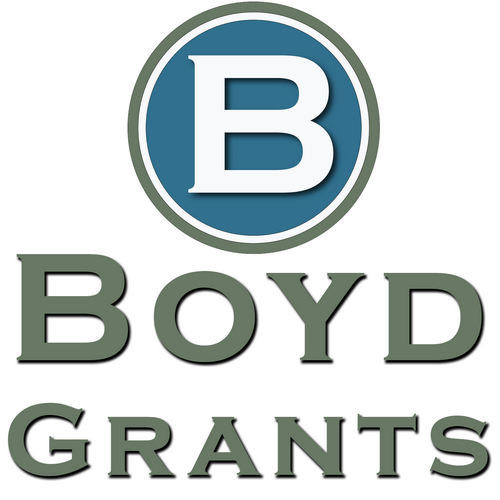Just like so many other aspects of grant writing, making use of a logic model helps both your team and your potential funder understand your project much, much better. That’s why I recommend always including a logic model in a grant application. But what is a logic model? It’s a graph or flow chart-style visual representation that communicates how your proposed program will work.
Logic models go a long way towards making your grant application stand out from the pile. They are a great tool to show complex information in one digestible unit.
Logic models are comprised of these five components:
- Inputs. This is anything that must go into the project, such as time, staff, supplies, equipment, facilities, and more. Anything that must be procured or expended by the program in order for it to produce results is an input.
- Activities. These are the actions taken within the context of the program to yield results.
- Outputs. These are program activities that can be measured. For example, the number of participants served by the program is an output.
- Outcomes. This is not to be confused with outputs. An output is a component of the project while an outcome is a benefit created by the program. There are three kinds of outputs:
- Short-Term Outcomes are immediate results that are typically tangible and easily attributed to the program.
- Intermediate Outcomes follow short-term outcomes and come as a consequence of short-term outcomes. These can be harder to articulate, and this is where your team comes in.
- Long-Term Outcomes are significant changes resulting from the project that you hope to see in the future. The outcomes should build on each other. Short-term outcomes compound to cause intermediate outcomes, which in turn lead to long-term outcomes that make beneficial changes for the population, geography, environment, etc.
- Impact. These are MEASURABLE results caused by what your program was able to accomplish. For example, if the grant is for a water drainage project, the impact can be measurably reduced flooding and reduced property damage.
You can find examples of logic models online. Sometimes, grant makers will provide a logic model for you to fill out. If this is the case, always work with their graphic. Don’t worry about getting it perfect the first time, your logic models will improve over time, so start with something linear and simple. As you build your logic model with input from your team, you will better understand the components of the project and how they fit together, identify what needs to be changed or clarified, and see where additional steps are needed or excess steps can be taken out. You will be able to discern any prerequisite accomplishments or activities that must occur before further steps can be taken in the program.
Logic models also help you as a grant writer because it simplifies the complex project into an easily comprehensible image. Think of it as a secondary outline, one that compresses everything you need to explain into one place.


Recent Comments